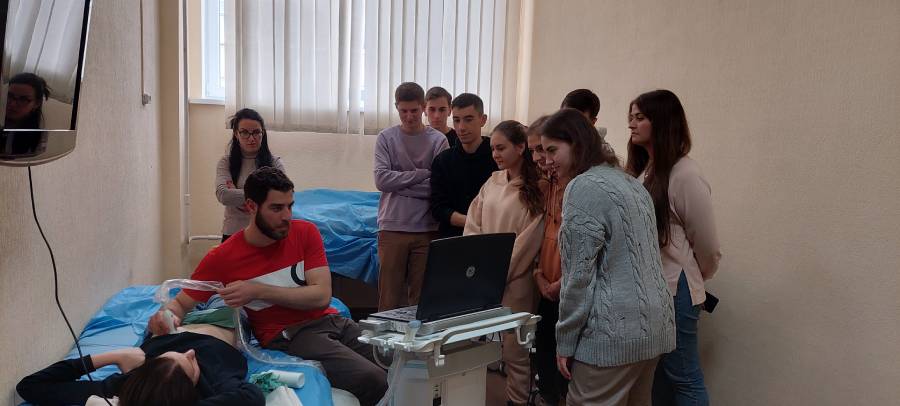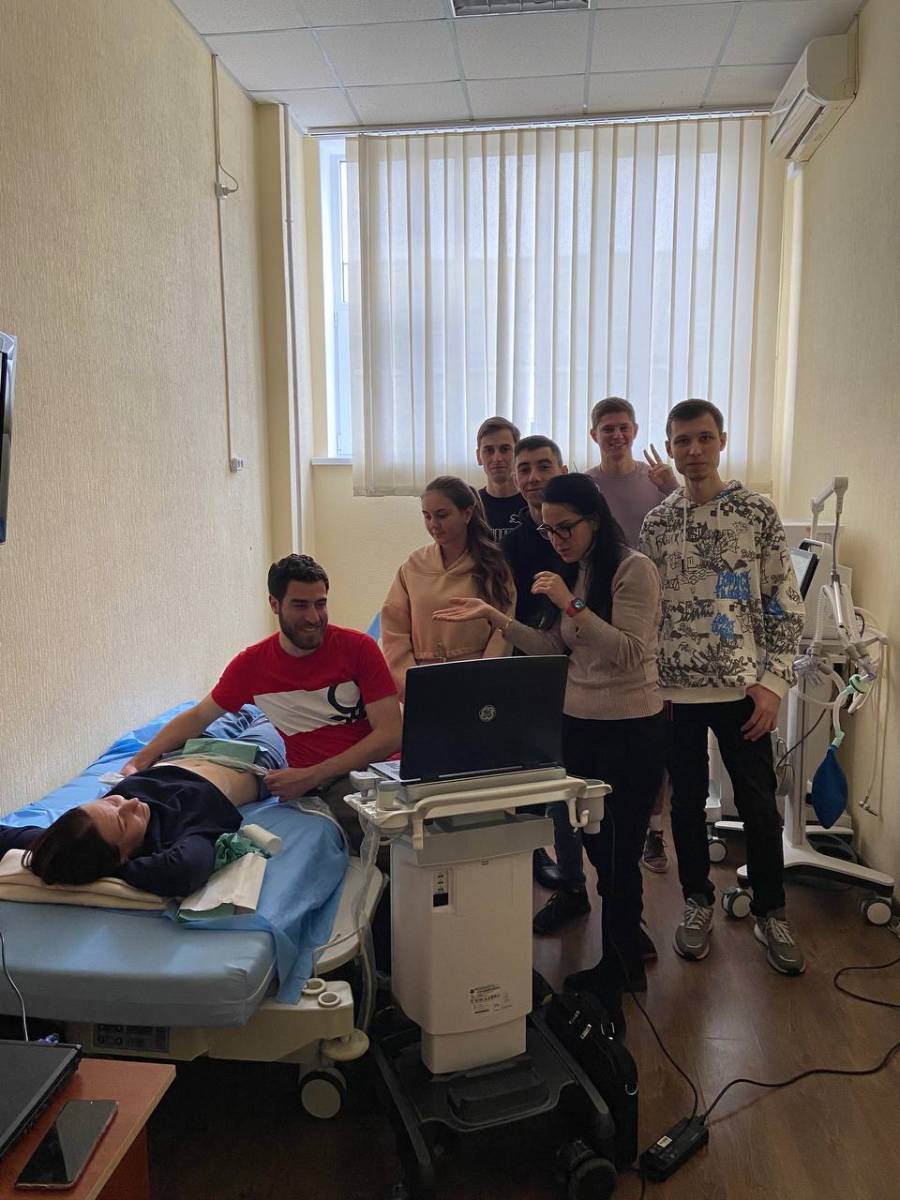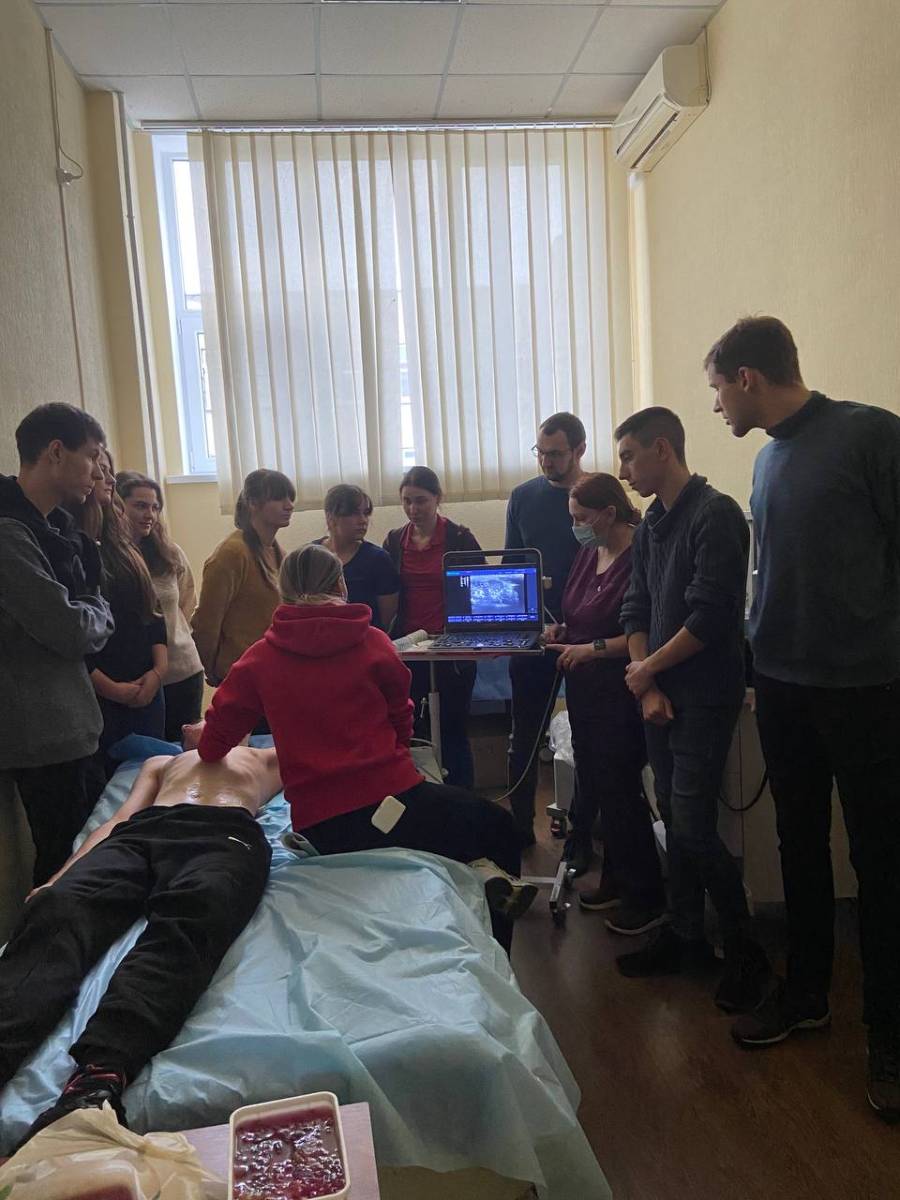In anesthesiology and intensive care, diagnostic methods using modern instrumental and laboratory research are extremely important. Particularly relevant are non-invasive methods, which allow to solve complex diagnostic tasks quickly and qualitatively.
These are the methods of ultrasound diagnostics. Sonographic assessment of critically ill patients provides valuable information to assist the clinician in the initial evaluation and stabilization of undifferentiated shock. Focused ultrasound can be used to rapidly assess the physiologic basis of shock in a particular patient, identifying potentially lethal but reversible conditions that may go undiagnosed at the patient's bedside.

Intensive care unit (ICU) patients are often too unstable to leave the ICU where their vital signs are monitored by instruments, so studies must be performed on site using mobile imaging devices such as radiography, ultrasonography, or echocardiography. These and other issues (among them the application of FAST, FATE, ATLS, FOCUS and other protocols, the search for nerve plexuses and nerves, main vessels) were discussed at practical classes for interns of the first year of training, which were conducted under the guidance of the head of the Department of Anesthesiology and Intensive Care of Shupyk National Healthcare University of Ukraine professor Oleh Loskutov by associate professor Inna Kuchynska, PhD student Olena Bobrovnyk, MD Andriy Demyanchuk.

The interns had a great opportunity to work independently with modern ultrasound equipment with various sensors, asked clarifying questions about the effectiveness of ultrasound methods, the main disadvantages and advantages of these diagnostic methods over other non-invasive methods.

This is one of the new training cycles implemented by the Department of Anesthesiology and Intensive Care to improve the professional level of interns. In the future, the department plans to update its curriculum with similar practical master classes reflecting new technologies in anesthesiology and intensive care.



